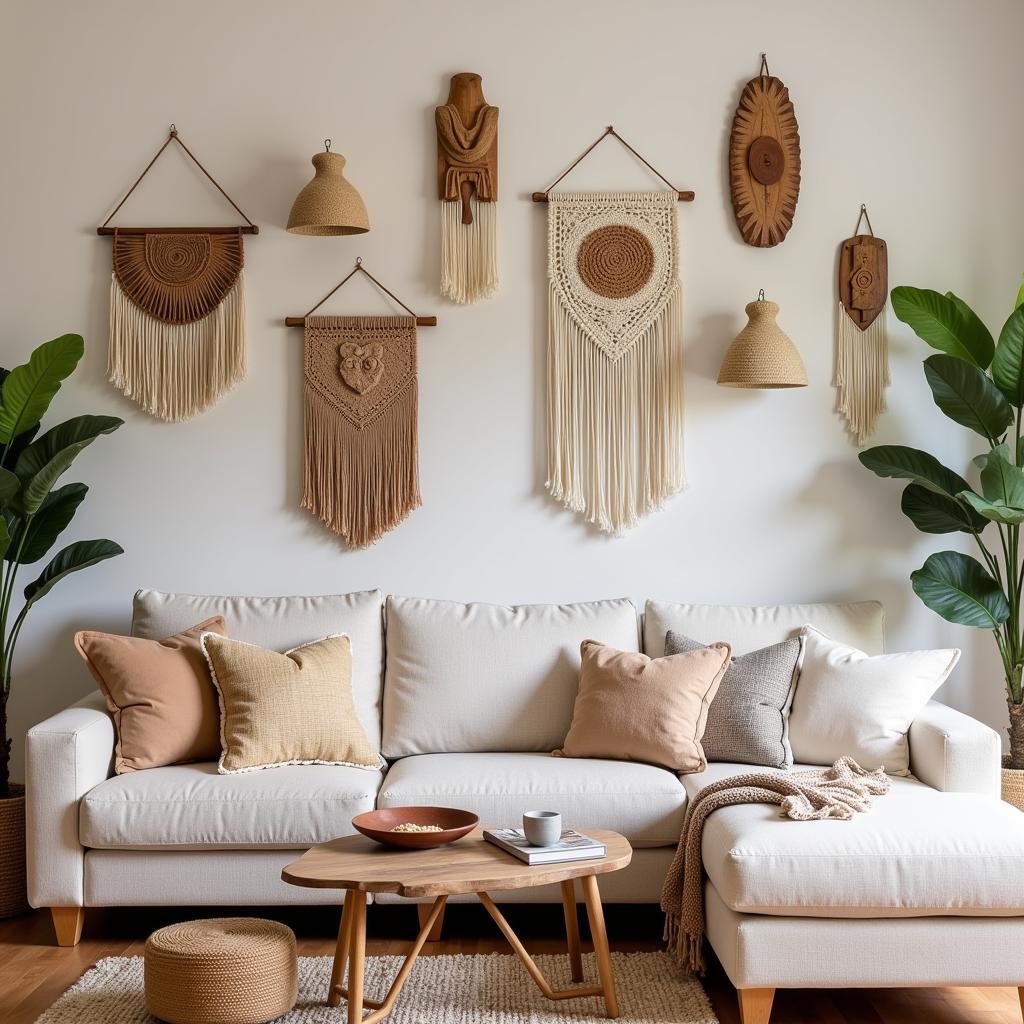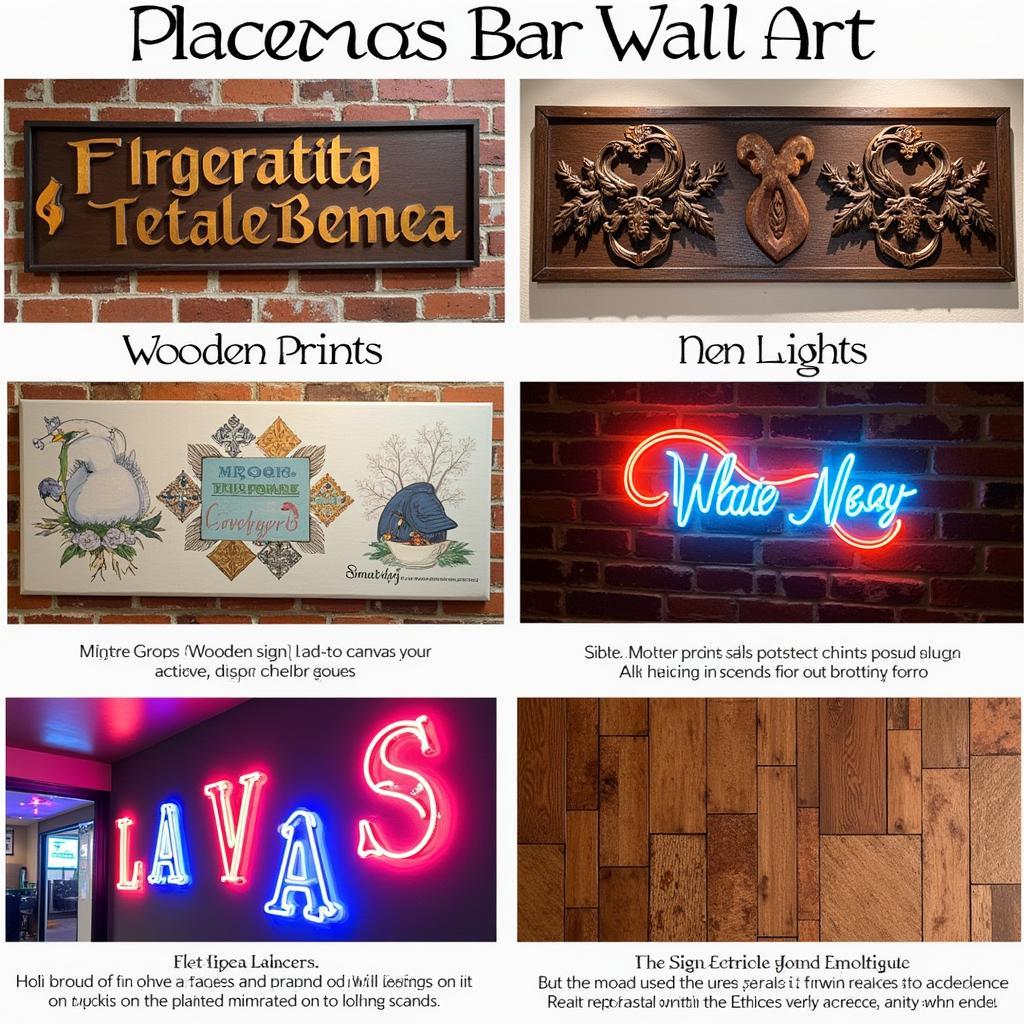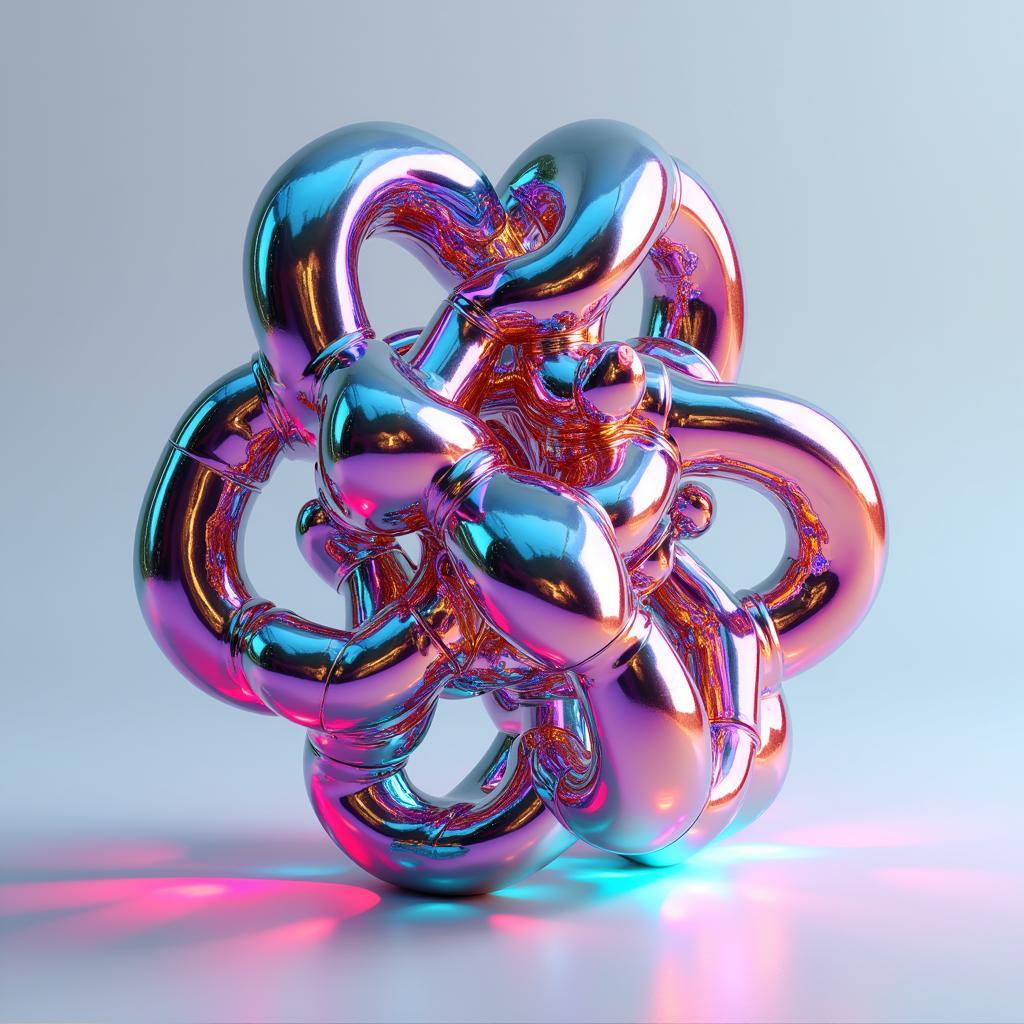Unleash Your Creativity with an Art Room Scavenger Hunt
An Art Room Scavenger Hunt is a fantastic way to ignite creativity, encourage exploration, and foster a deeper appreciation for art. Whether you’re an educator looking for engaging classroom activities, a parent seeking fun ways to spend time with your children, or simply an art enthusiast eager for a new challenge, an art room scavenger hunt can offer a unique and rewarding experience. Learn how to craft the perfect scavenger hunt to spark inspiration and uncover hidden artistic treasures.
Planning Your Art Room Scavenger Hunt
A well-planned scavenger hunt is key to a successful and engaging experience. Start by defining your target audience. Are you designing this for beginners, seasoned artists, or a mixed group? This will help you tailor the complexity of the clues and challenges. Consider the available resources in your art room. Think about incorporating different art supplies, tools, and techniques into the hunt. This could include anything from paintbrushes and canvases to sculpting clay and digital drawing tablets.
Next, brainstorm a theme for your scavenger hunt. A theme can add an extra layer of excitement and focus to the activity. Themes like “color exploration,” “texture adventure,” or “famous artists” can inspire creative clues and challenges. Once you have a theme, start crafting your clues. Make them challenging yet solvable, and ensure they lead participants to specific items or areas within the art room. You can use riddles, rhymes, or even visual clues like cropped images of artwork.
Remember those ice breakers for your art class? They can be a great way to start your scavenger hunt!
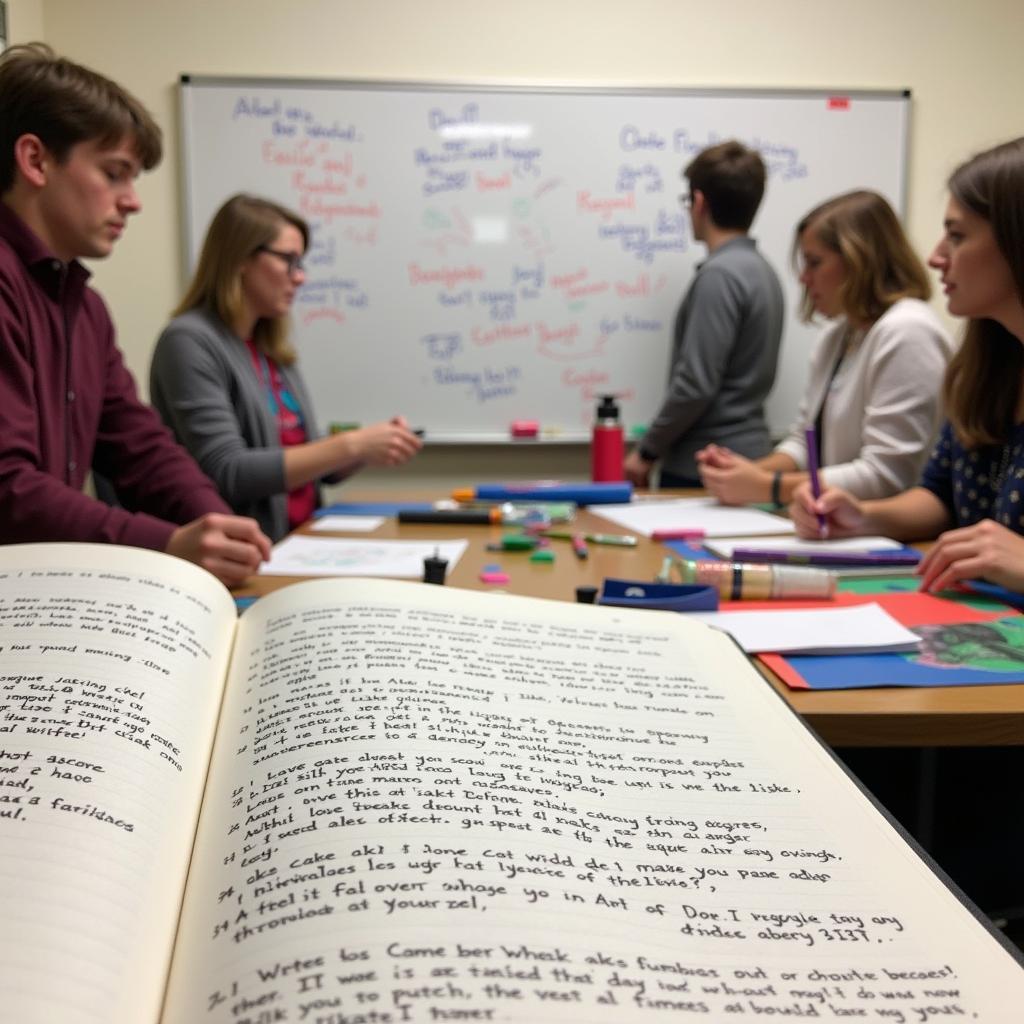 Art Room Scavenger Hunt Planning
Art Room Scavenger Hunt Planning
Creating Engaging Clues and Challenges
The heart of a captivating art room scavenger hunt lies in its clues and challenges. Think outside the box and incorporate different types of challenges. For example, a clue could lead participants to a specific art supply, and the challenge could be to create a quick sketch using only that supply. Or, a clue could direct participants to a piece of artwork, and the challenge could be to identify the artist or the art movement it belongs to.
Vary the difficulty of the challenges to cater to different skill levels. Include some easier challenges to build confidence and some more complex ones to stretch participants’ creative thinking. Don’t be afraid to incorporate elements of surprise and humor into your clues and challenges. A little bit of unexpectedness can add a lot of fun to the hunt.
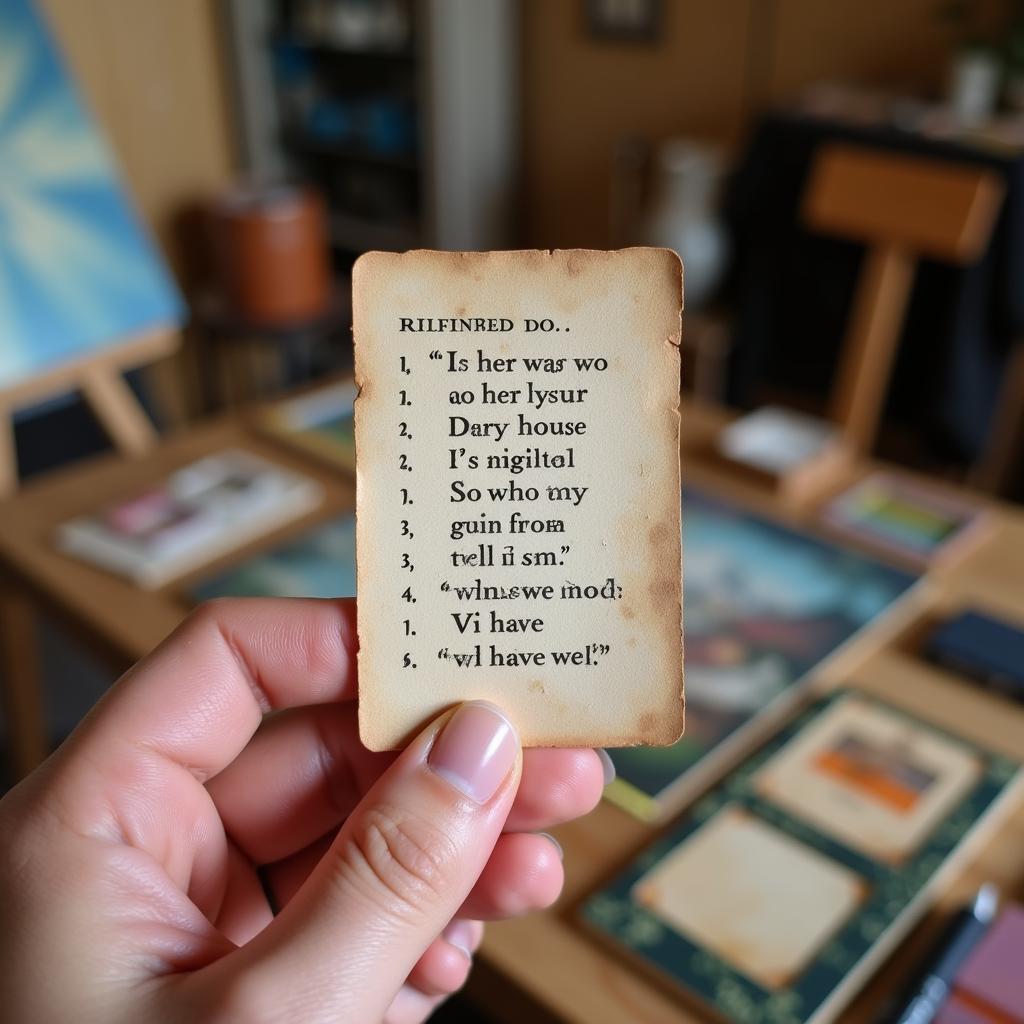 Creating Engaging Clues and Challenges for an Art Room Scavenger Hunt
Creating Engaging Clues and Challenges for an Art Room Scavenger Hunt
Enhancing the Experience with Prizes and Rewards
While the thrill of the hunt itself can be rewarding, adding prizes and rewards can elevate the experience further. Consider offering small prizes for completing individual challenges or a grand prize for the team or individual who completes the entire hunt first. The prizes could be art supplies, gift certificates to art stores, or even the opportunity to showcase their artwork.
Beyond tangible prizes, consider incorporating elements of recognition and celebration. This could involve displaying the winning artwork, announcing the winners to the class or group, or even creating a small exhibition of the artwork created during the scavenger hunt. These gestures can further encourage participation and create a sense of community among the participants.
Thinking about clip art? Check out scuba vbs clip art for some inspiration!
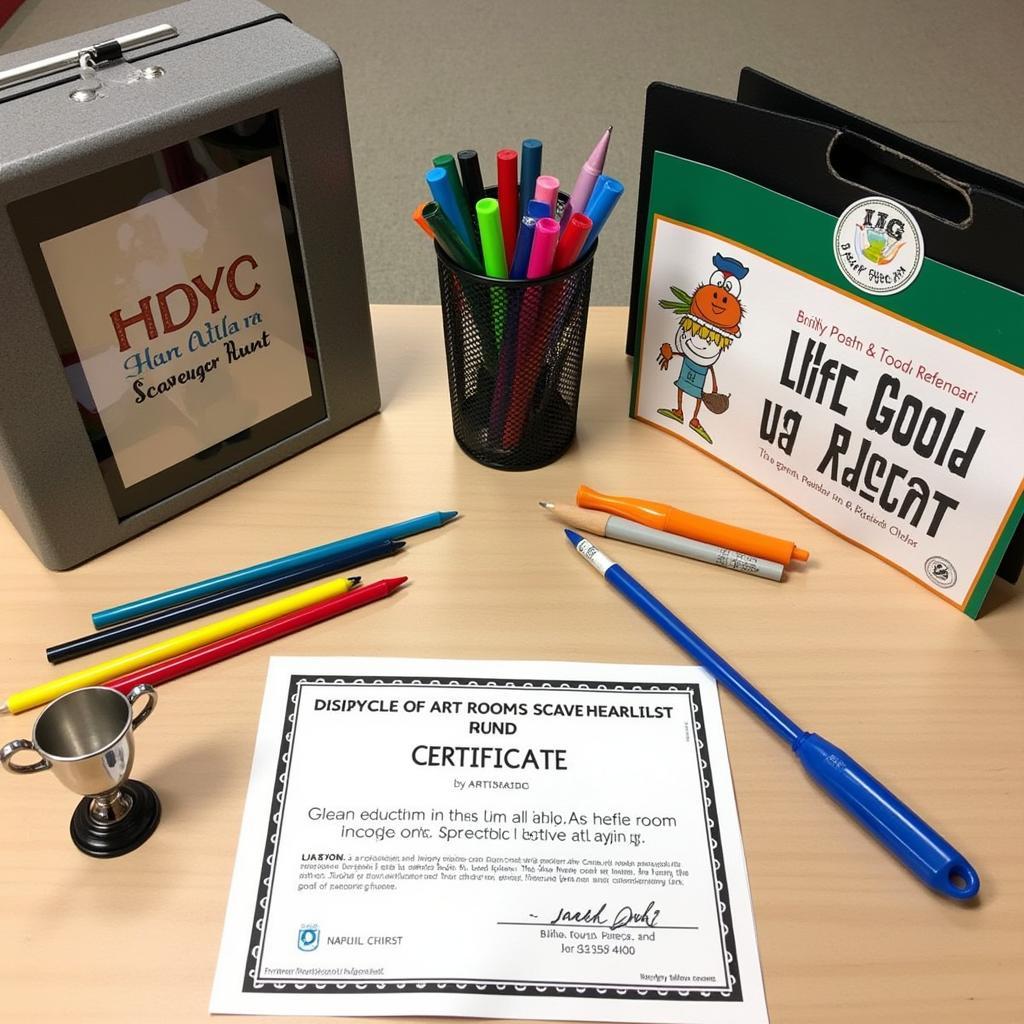 Art Room Scavenger Hunt Prizes and Rewards
Art Room Scavenger Hunt Prizes and Rewards
Conclusion
An art room scavenger hunt is a dynamic and engaging activity that can transform any art space into a realm of exploration and discovery. By carefully planning the hunt, crafting creative clues and challenges, and incorporating prizes and rewards, you can create an unforgettable experience that fosters creativity, encourages teamwork, and deepens appreciation for the arts. So, gather your supplies, unleash your imagination, and embark on an art room scavenger hunt adventure!
FAQ
- What age group is an art room scavenger hunt suitable for? Art room scavenger hunts can be adapted for all ages, from young children to adults.
- How many clues should I include in the scavenger hunt? The number of clues depends on the size of the art room and the time allotted for the activity. Start with 5-10 clues and adjust as needed.
- Can I incorporate digital tools into the scavenger hunt? Absolutely! Digital tools like tablets, cameras, and online resources can add a modern twist to the hunt.
- What are some examples of prizes I can offer? Art supplies, gift certificates, art books, and opportunities to showcase artwork are all great prize ideas.
- How can I make the scavenger hunt more challenging? Use riddles, puzzles, and multi-step clues to increase the difficulty.
- Can I adapt the scavenger hunt for different art themes? Yes, themes like color theory, art history, or specific art movements can be easily incorporated.
- How can I make the scavenger hunt more accessible for participants with disabilities? Consider providing alternative clues or challenges that cater to different learning styles and physical abilities.
Need Help with Your Art Room Scavenger Hunt?
Contact us at Phone Number: 02462573573, Email: [email protected] or visit us at Savico Megamall, 7-9 Đ. Nguyễn Văn Linh, Gia Thụy, Long Biên, Hà Nội 10000, Việt Nam. We have a 24/7 customer support team.
